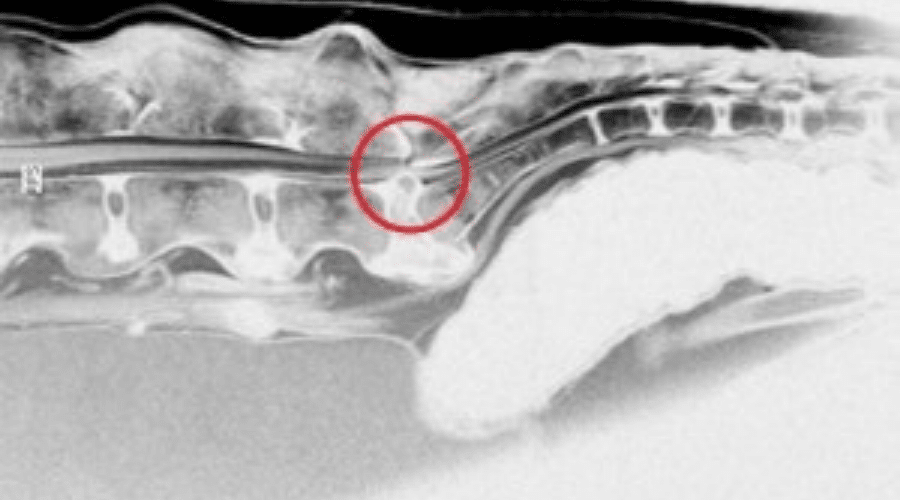Herniated disc in dogs
Herniated disc in dogs is a serious condition that can affect all breeds, but has an increased prevalence in certain smaller breeds. In this article, you'll learn everything you need to know about this condition, from symptoms to diagnosis to various treatment options.



